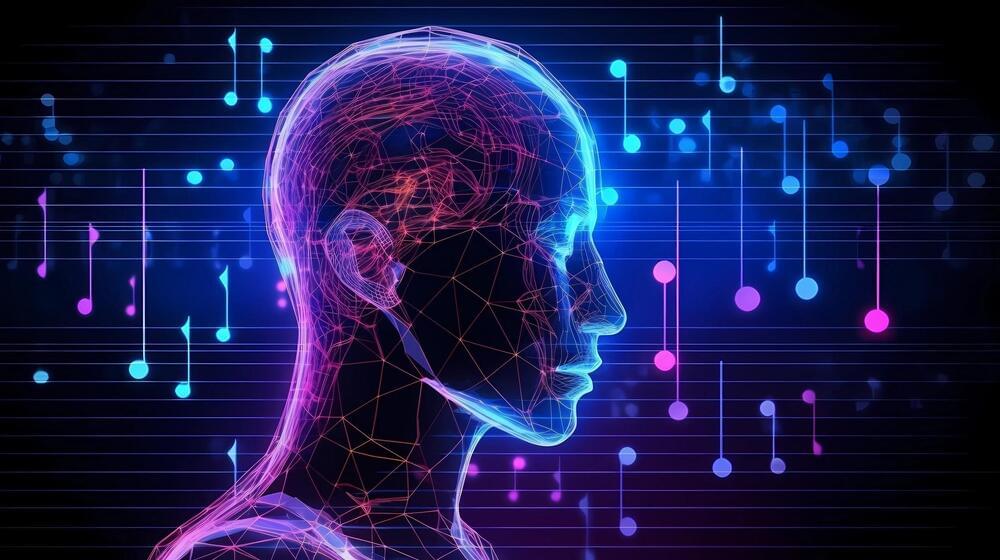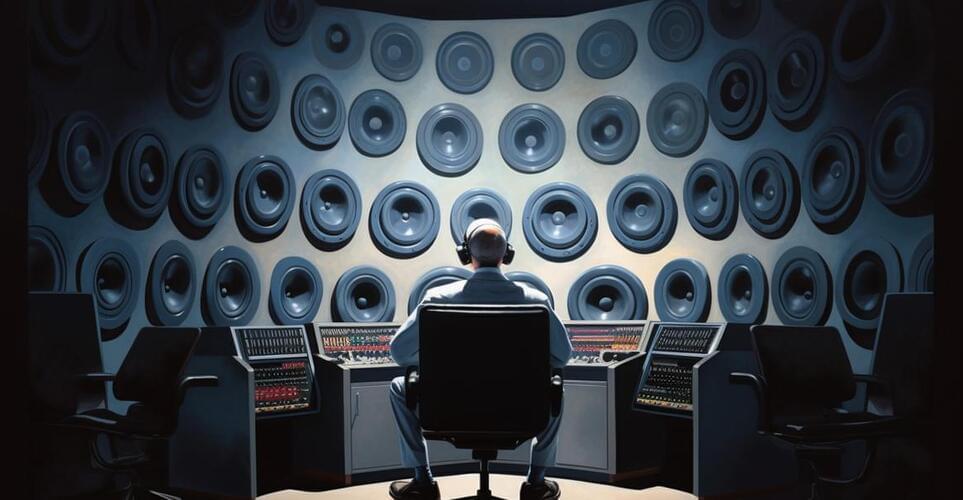Only “human creators” can be nominated for Grammy Awards, according to new eligibility requirements released Friday by the Recording Academy, as the music industry adds new limitations for songs produced by artificial intelligence.
Any work that features elements created by AI must also feature a “human authorship component” that is “meaningful” in order to be considered for a Grammy Award, according to new requirements released Friday by the Recording Academy.
The Recording Academy previously said it “embraces advances in technology,” adding it wanted to ensure “human creativity and passion is protected.” song created by artificial intelligence must have a “human authorship component” that is “meaningful,” according to new eligibility requirements.



